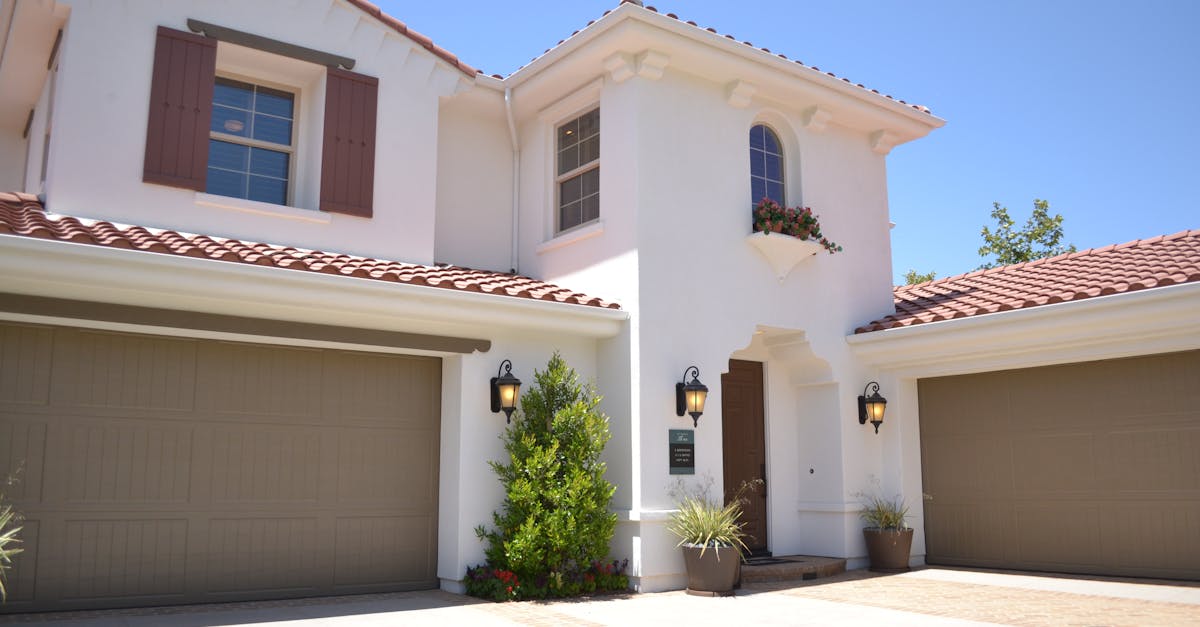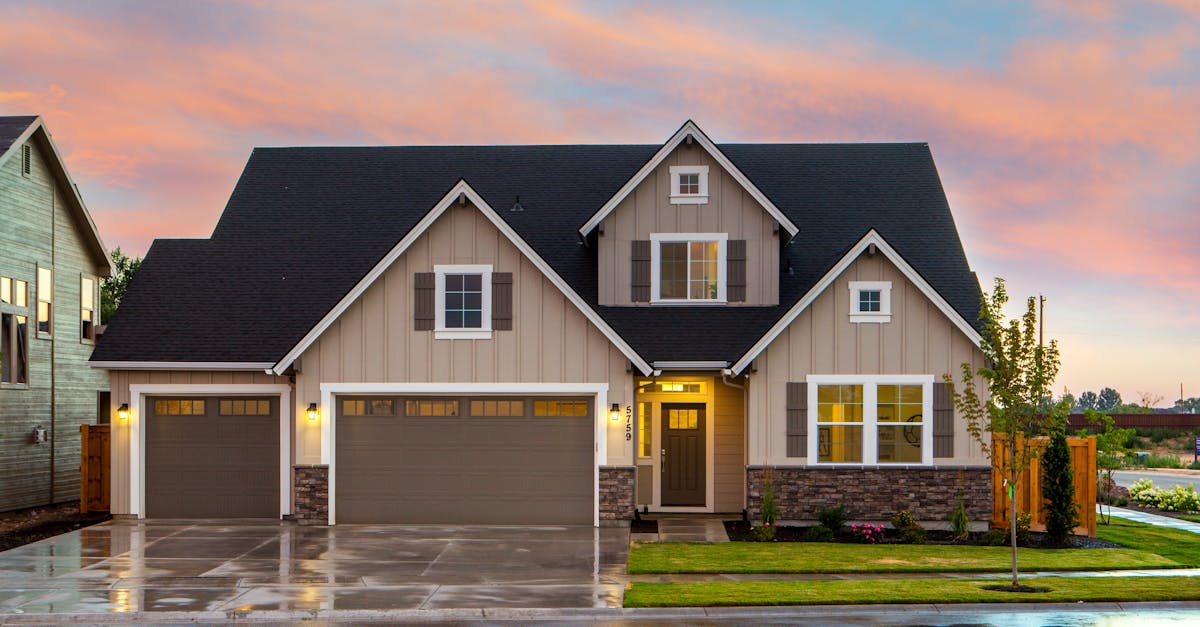
StepbyStep Process for Replacing the Opener
The first step in the garage door opener replacement process involves gathering the necessary tools and materials. Ensure you have a ladder, a socket wrench, pliers, and a screwdriver available. Safety precautions are vital. Disconnect the power source to the opener to avoid any accidents while working on it. Carefully remove any obstructions around the garage door to provide ample workspace.
Next, remove the old opener from its mounting brackets. Make sure to support the door while detaching the opener to prevent it from falling. Follow the manufacturer's instructions for disassembly, as this can vary between models. Once the old unit is out, install the new garage door opener by securing it to the mounting brackets and connecting all necessary wiring. After everything is in place, reconnect the power and test the opener to ensure it operates smoothly.
Detailed Guide to Installation
When undergoing a garage door opener replacement, the first step involves ensuring safety by disconnecting power to the unit. Remove the old opener by taking down the mounting brackets carefully. It's essential to examine the existing hardware to determine what may need replacement. New opener kits often come with user-friendly instructions and all necessary parts. Following the manufacturer's guidelines will help make the process smoother.
Once the old opener is removed, position the new opener according to the instructions provided. This typically includes mounting the motor securely to the ceiling and attaching the rail to the door. The alignment of the rail and door is crucial for optimal function. Wiring the unit correctly is vital, ensuring connections are secure and the power is reconnected only after everything is assembled. Testing the opener multiple times will confirm that it operates efficiently and safely.
Professional vs. DIY Replacement
When considering garage door opener replacement, homeowners often weigh the benefits of hiring a professional versus tackling the job themselves. Professionals bring extensive experience and expertise, which can ensure the replacement is completed efficiently and safely. They are familiar with various brands and models, minimizing the chances of errors or issues arising from incorrect installation. This peace of mind can be particularly valuable for those unfamiliar with garage door systems.
On the other hand, a DIY approach can be appealing for those who enjoy hands-on projects or wish to save on labor costs. Many modern garage door openers come with detailed installation manuals and video tutorials, making the process accessible to the average homeowner. However, this route requires a good understanding of mechanical systems and safety precautions. Improper installation can lead to malfunctioning openers or even safety hazards, which is why careful consideration of one's skills and resources is essential before deciding on garage door opener replacement.
Pros and Cons of Each Approach
When considering garage door opener replacement, opting for a DIY approach can provide a sense of accomplishment and potentially save money. Homeowners often find satisfaction in completing projects themselves. Additionally, many modern openers come with comprehensive manuals and online resources that simplify the installation process. However, the downside includes the risk of improper installation, which can lead to safety hazards or future mechanical issues.
On the other hand, hiring a professional for garage door opener replacement guarantees expertise and a thorough understanding of the garage door system. Professionals often possess the necessary tools and experience to handle unforeseen challenges during installation. The downside to this approach usually involves higher costs and scheduling inconveniences, as homeowners may need to work around the availability of service providers. Each option presents distinct advantages and drawbacks that should be carefully weighed based on individual circumstances.
Maintenance Tips for Garage Door Openers
Regular maintenance is essential for the longevity and performance of your garage door opener. Periodically inspect the opener for any signs of wear or damage, such as frayed wires or rusted components. Lubricate the moving parts, including rollers and springs, to ensure smooth operation. A well-maintained system reduces the likelihood of mechanical failures and can extend the time before a Garage Door Opener Replacement becomes necessary.
Additionally, keep the sensors free of debris and ensure they are aligned correctly for optimal safety. Test the automatic reversal feature regularly to verify that it functions properly. Cleaning the tracks and maintaining the door balance contributes to smoother operation and minimizes strain on the opener. Implementing these maintenance practices helps prevent issues that could lead to an expensive Garage Door Opener Replacement down the line.
How to Ensure Longevity and Performance
Regular maintenance is crucial to ensuring the longevity and performance of your garage door opener. Begin by lubricating all moving parts, such as rollers, hinges, and tracks, to reduce friction and wear. This can prevent unnecessary strain on the motor and extend its lifespan. Periodically inspect the opener for any signs of damage or wear, including frayed cables or loose hardware, addressing these issues promptly to avoid larger problems.
Routine checks on the safety features of your opener are also important. Test the auto-reverse function to confirm it operates correctly when obstructed. Keep the sensors clean and aligned, as dirt or misalignment can lead to performance issues. Investing time in these maintenance tasks can significantly reduce the chance of needing a Garage Door Opener Replacement in the near future.
FAQS
Can I just replace the garage door opener without replacing the entire garage door?
Yes, you can replace just the garage door opener without needing to replace the entire garage door. This is often a more cost-effective solution if the door itself is in good condition.
What tools do I need to replace a garage door opener?
Common tools required include a screwdriver, a wrench set, a drill, and a ladder. Some openers may also come with specific installation tools, so always check the manufacturer's instructions.
How long does it take to replace a garage door opener?
Replacing a garage door opener typically takes about 2 to 4 hours, depending on your experience level and whether you encounter any issues during installation.
What are the signs that I need to replace my garage door opener?
Signs that you may need a replacement include the opener making unusual noises, failing to open or close the door, or if it's more than 10-15 years old and lacks modern safety features.
Should I hire a professional to replace the garage door opener or do it myself?
It depends on your comfort level with DIY projects. If you have experience with tools and electrical work, you may handle it yourself. However, hiring a professional can ensure proper installation and potentially save you from future issues.
